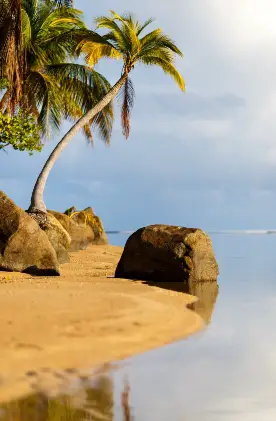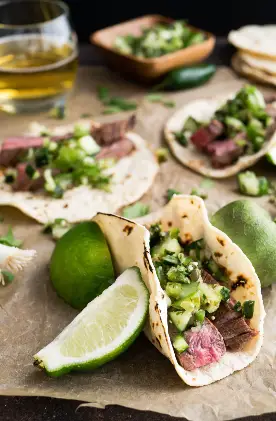Florida is home to approximately 21 million people. It is both geographically and culturally diverse. What nine regions make up this state? What makes each region unique?
Panhandle
The Florida Panhandle extends along the northern part of the state next to Alabama and Georgia. Main cities here include Pensacola, Panama City Beach, and Tallahassee, the state capital. The Panhandle has a Southern charm and many pristine beaches along the Emerald Coast. Its economy relies on tourism, the military, and agriculture.
North Florida
Moving south, North Florida has a landscape of forests, springs, rivers, and lakes. Jacksonville is the main city and a major commercial shipping hub. Other popular destinations include St. Augustine, the nation’s oldest city, and Daytona Beach where racing fans flock for the iconic Daytona 500. Agriculture is important, along with banking and insurance industries centered in Jacksonville.

Central Florida
World-famous Orlando sits in the heart of Central Florida. Theme parks like Walt Disney World Resort and Universal Orlando Resort drive a massive tourism industry here. The Space Coast near Cape Canaveral focuses on aerospace research and launch facilities. Central Florida also encompasses quiet towns with lush nature, like Clermont and Mount Dora. When visiting this area, you may wish to benefit from transportation to tampa airport.
Florida Heartland
Moving further south, the Florida Heartland produces a significant amount of the state’s citrus and has cattle ranches and dairy farms. Sebring is a popular area for bass fishing tournaments. The region remains more rural and agricultural, especially compared to both coasts.
Southwest Florida
Along the Gulf Coast, Southwest Florida attracts ocean lovers and retirees. Fort Myers and Cape Coral offer community theater, arts festivals, and shelling on Sanibel Island. Naples and Marco Island boast high-end resorts and golf for luxury travelers. Growing communities have sprouted across Southwest Florida, but mangrove forests and wetland habitats still thrive.
Southeast Florida
Moving east, Southeast Florida has a dense urban landscape and fast-paced culture. Miami is a global city and a major finance, commerce, and arts hub influenced by its immigrant communities. Fort Lauderdale and West Palm Beach are smaller cities popular with yachting fans and retirees. The Palm Beaches have world-class golf courses and shopping. However, the tropical climate, beaches, and slow-paced towns still offer relaxing escapes.
Florida Keys
This string of islands extends off the southern tip of Florida into the Caribbean. Key West symbolizes the region’s laid-back atmosphere with its pastel Victorian homes, Jimmy Buffet vibe, and stunning sunset views. Island hopping transports visitors to a tropical paradise, with outdoor activities like boating, fishing, scuba diving, and snorkeling. It’s easy to return from the keys feeling happily unplugged from the world.

Everglades Region
The vast Everglades ecosystem makes up much of South Florida with its marshes, mangrove forests, sawgrass prairies, cypress swamps, tidal rivers, and diverse wildlife. The region includes Big Cypress National Preserve and numerous state parks offering kayaking, hiking, camping, and airboat rides. Although development threatens sensitive habitats, conservation efforts protect endangered species and this unique River of Grass.

Florida Bay Islands
Off the southern tip of Florida, the Florida Bay Islands include the Dry Tortugas and Biscayne National Parks. These mostly uninhabited islands have coral reefs and shipwrecks that make them excellent dive sites. Dry Tortugas has a 19th-century coastal fort and abundant sea life. Biscayne National Park incorporates island and coastal ecosystems like mangrove shorelines, the Keys, and the Florida reef tract. This scenic region appeals to ecotourists and nature lovers seeking healthy marine environments.
With nearly 1,350 miles of coastline and incredibly diverse landscapes across its regions, Florida has something for everyone, from theme parks to old Spanish architecture, tropical islands to agricultural communities, and major metros to quaint small towns. The Sunshine State’s regional identities combine to create its one-of-a-kind charm.























